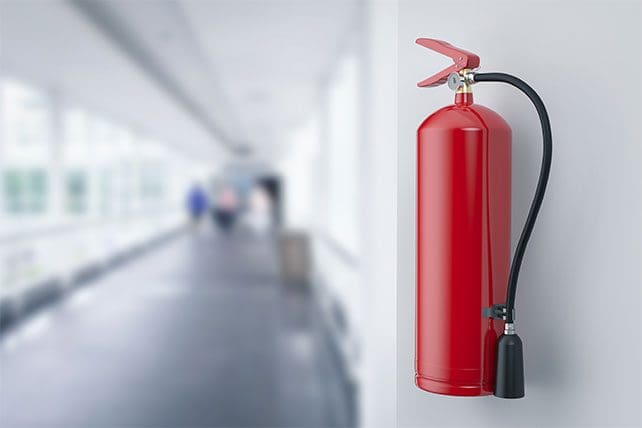Churches are sacred spaces of community, worship, and spiritual growth. However, they are also public venues where people of all ages gather, sometimes in large numbers. In such environments, accidents, medical emergencies, and unexpected safety issues can arise. To ensure the well-being of everyone, churches must take proactive steps in preparation. This includes having essential first aid supplies and safety gear available at all times. Making church safety a top priority is not just practical—it’s a moral and legal responsibility.
Building a Foundation for Church Safety
Church safety begins with preparation. A well-prepared church can respond quickly and effectively to a wide range of incidents, from minor scrapes to life-threatening emergencies. The first step is to assess the specific needs of the church based on its size, attendance, activities, and the age groups it serves. Whether the church hosts weekly Bible studies, youth programs, or large Sunday services, the right equipment can make all the difference in keeping everyone safe.
RELATED: Choosing an AED
First Aid Essentials
A comprehensive first aid kit is the cornerstone of any church safety plan. These kits should be accessible and clearly marked, with at least one available in every major area of the church—such as the sanctuary, fellowship hall, nursery, and office.
Here’s a list of essential items every church first aid kit should include:
-
Adhesive bandages in various sizes
-
Sterile gauze pads and adhesive tape
-
Antiseptic wipes and antibiotic ointment
-
Tweezers and scissors
-
Instant cold packs
-
Gloves (preferably nitrile for allergy safety)
-
Burn cream and eye wash
-
Thermometer and CPR mask
-
Elastic bandages for sprains
-
Pain relievers like acetaminophen and ibuprofen
-
Emergency contact sheet and basic first aid instructions
For larger congregations or churches in rural areas where emergency response times might be slower, it’s advisable to invest in an advanced first aid kit that includes splints, tourniquets, and a blood pressure cuff.
Life-Saving Devices
In addition to a first aid kit, every church should consider installing an automated external defibrillator (AED). Sudden cardiac arrest can happen to anyone, and having an AED on-site can significantly improve survival rates. These devices are designed to be used by non-medical personnel and often include clear audio instructions.

